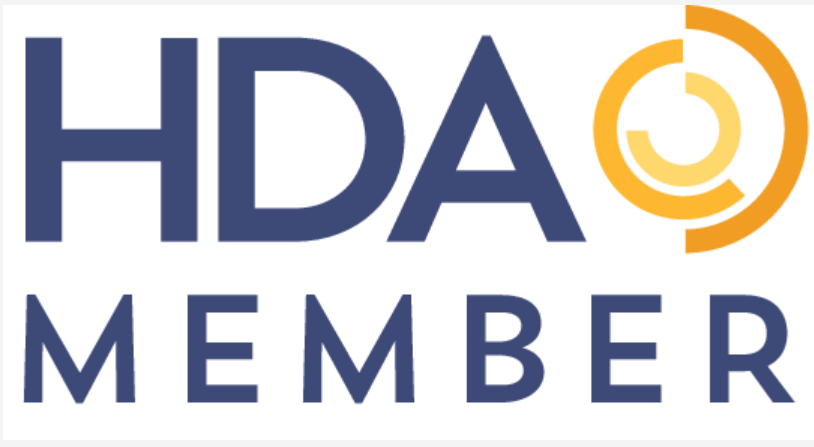DSCSA Stabilization Period? 7 Ways to Move Into Action Now
With just 1 month until the most challenging parts of the federal DSCSA law take effect (given a 1 year "stabilization period" announced by FDA), some stakeholders are still not fully grasping the importance or level of effort required to ensure compliance.
You need to make sure you organization has the tools and partners to ensure they are ready for the important federal law.
Failure to comply with DSCSA opens up significant risks in fines and punishment and it has significant potential to disrupt the flow of product in the US.
While the FDA has provided some partial relief through enforcement discretion, this does not relieve your organization from responsibility of complying with the federal law in the event that something bad happens. Don't stake your organization's long-term ability to handle prescription drugs on an uncertain, potentially partial and temporary possibility. At the very least, your organization should be able to demonstrate diligent efforts to mitigate any compliance gaps.
Here are 7 ways your company can move into action. As always, this is not meant to be an exhaustive list and you should seek legal guidance where needed:
- Take compliance as serious as you would licensure and registration. DSCSA is a federal law carrying risks of significant fines and penalties with federal and state requirements for all segments of the prescription drug supply chain. While you may have service or solution providers help, your organization is ultimately responsible for ensuring full compliance.
- Don't assume the prescription drug product you are handling or taking title is exempt. There are exemptions for some types of product and certain transactions included along with a process for applying for waivers from the FDA. You should assume all approved prescription drug products fall under DSCSA unless and until your organization is clear where waivers, exemptions and/or exceptions may apply.
- Expect the need to updated or create new policies, standard operating procedures and other documentation. You should ensure associates are prepared to handle key areas such as suspect and illegitimate product handling including identifying, quarantining, investigating and communicating with trading partners and government agents when required. Your organization should be prepared to demonstrate that processes are established and employees are properly trained.
- New systems or system changes are likely. DSCSA has significant requirements for receiving, storing, sharing and being able to provide saleable unit serialized data related to ownership change events. While you may be able to utilize data portals and other tools from partners or providers, make sure you understand how it is covering the requirements for the DSCSA role(s) that your company is working within. You should also ensure any services being provided are clarified and documented in business agreements where needed to avoid compliance risk and confusion.
- Network with peers, suppliers, customers and regulatory agents where possible. The good news is that you are not alone. Your peer organizations, suppliers and customers are likely working out how they will comply. Get to know them and start conversations on how they are covering this compliance for patient safety. The law is actually written in a way that assumes that the industry is working closely together to determine the technical and process details needed to comply.
- Educate yourself and your team. Addressing DSCSA currently and complying with it as state and federal regulators begin to ensure compliance will require your organization become familiar with the details of DSCSA. Several organizations (APhA, ASHP, HDA, NABP, NCPA, PDG and PDSA) have worked to create a central website to provide a wide variety of educational and technical standards. Visit the site at DSCSA.pharmacy
- Assign an owner and form a DSCSA Team. A common challenge with DSCSA is that it typically spans departments within organizations to ensure compliance. For example, you may have associates from operations, customer support, quality control, regulatory, legal and other departments engaging to cover various aspects. Give DSCSA a home department and champion and empower them to work across the organization to ensure your organization is covered in compliance.
While many aspects of DSCSA may be covered by relying on solution or service providers, you should take a step back and understand the bigger picture to avoid the wrong paths. We offer short duration assessments to help you start your journey or ensure you are fully covered once you have implemented new systems and/or processes.
Please reach out to us at info@tencountconsulting.com for more information.




